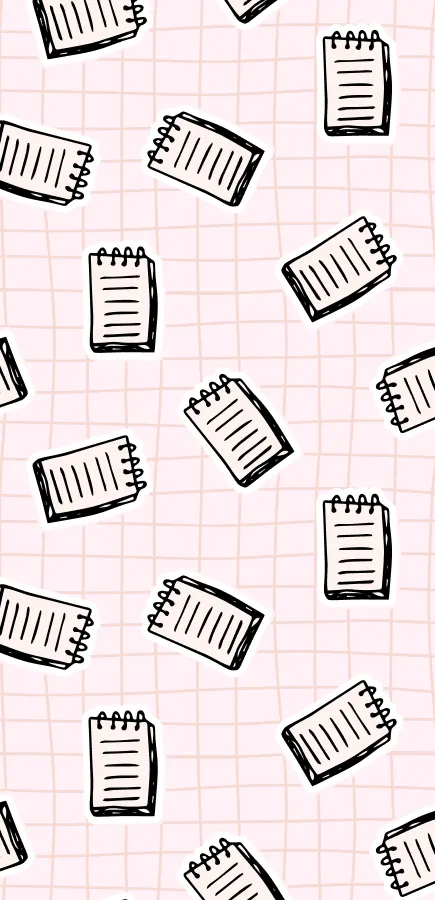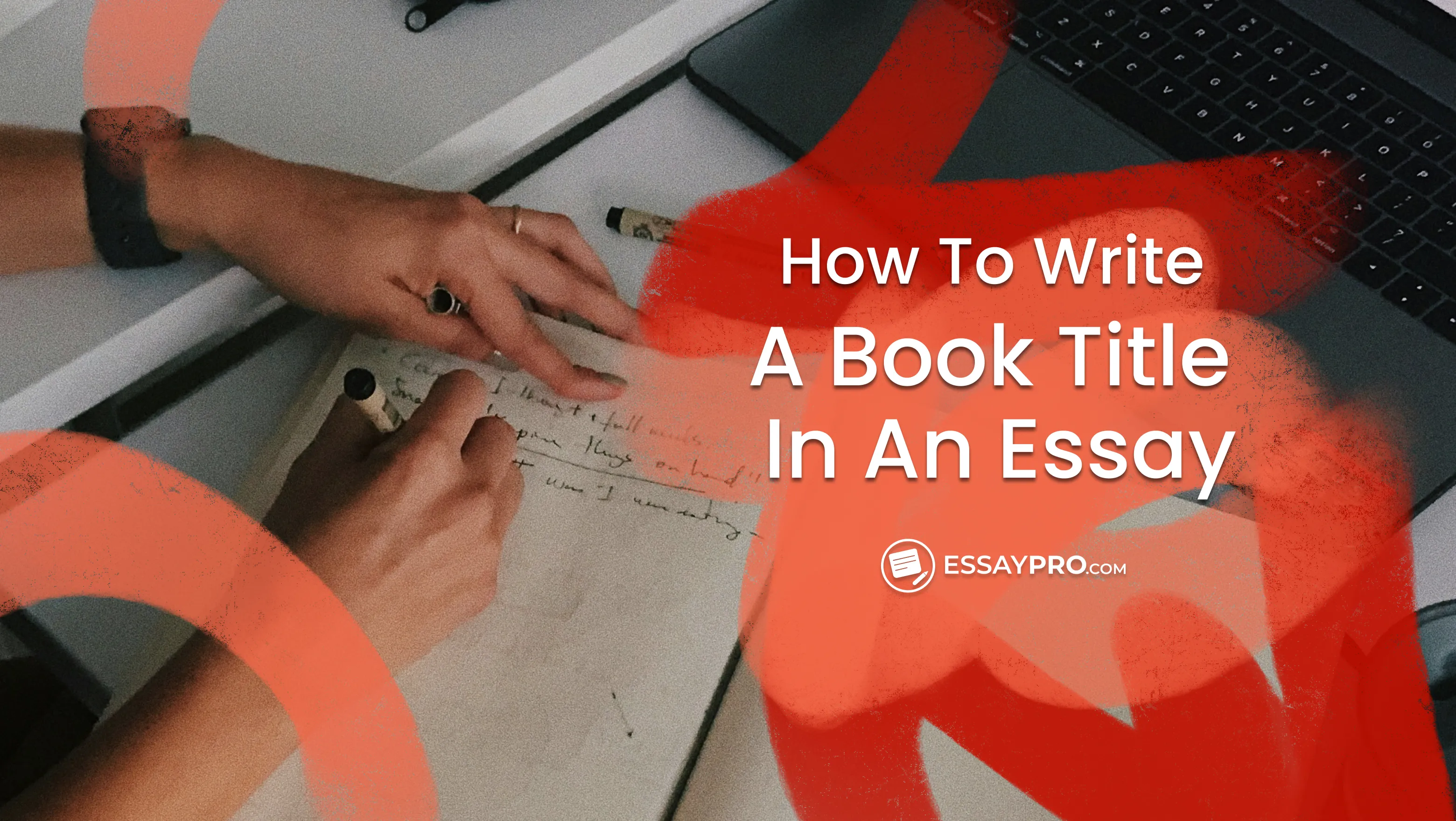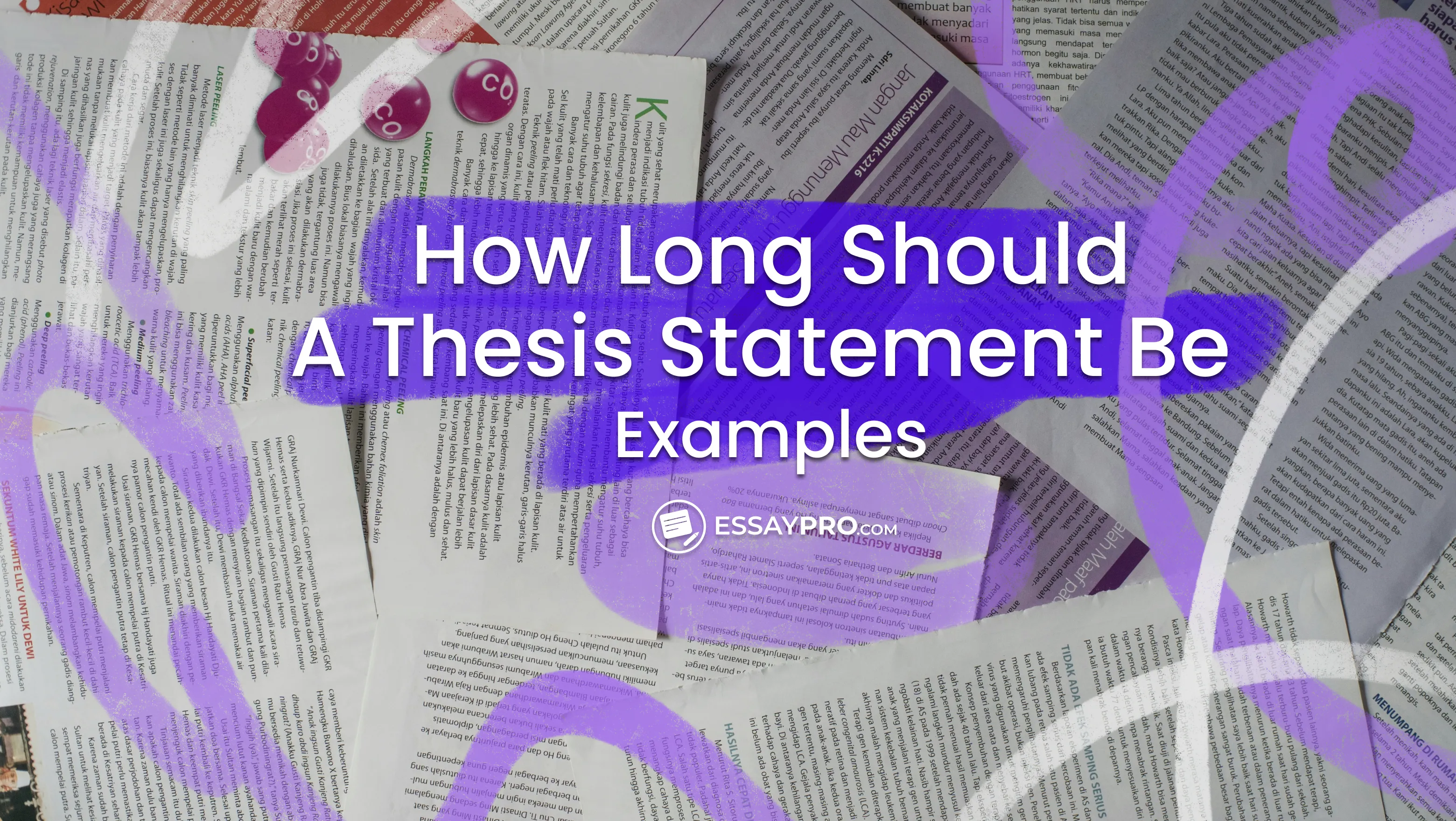You already know a title carries meaning. The trick is seeing how punctuation marks and italics show relationships. Once you see the pattern, rules feel less like rules and more like a map.
While writing a book title in an essay, students often ask where to place titles, which style guide to use, and why quotation marks sometimes take precedence over italics. This guide explains how every punctuation and format choice signals meaning, not preference. We’ll read titles the way editors read sentences: for hierarchy, context, and clarity.
And if deadlines stack up, we can help. EssayPro handles academic writing fast and clean. Plus, there’s a quick quiz at the end of the article to test what you’ve learned!
How to Write the Title of a Book in an Essay with Italics
Writing a book title and author in an essay tells the reader what kind of work they’re about to encounter. Italics help make that clear. They set complete works apart from shorter pieces that exist within something else.
Italics first appeared in early printing to save space and make long texts easier to read. That small design choice eventually became a rule. Now, in academic writing, the MLA style, APA style, and Chicago style use italics to show that a work stands on its own, like a book, novel, or full-length study.
When you type The Great Gatsby in your essay, the italics say: this is a world in itself. But when you mention ‘Dreams and Decline in The Great Gatsby,’ the quotation marks show the smaller work folded neatly inside the greater one.
How to Write Shorter Works in an Essay
Shorter works are placed inside quotation marks because they are smaller pieces that belong to a larger publication. These include poems, short stories, book chapters, essays, and journal articles. Quotation marks show that the work exists within a larger source, such as a collection, anthology, or magazine.
For example:
- ‘The Tell-Tale Heart’ belongs to Edgar Allan Poe’s collected tales.
- ‘Stopping by Woods on a Snowy Evening’ appears in Robert Frost’s poetry collection.
- ‘The Case for Justice’ lives within a scholarly journal.
If you want to check how these titles fit into your reference list, use the MLA citation generator by EssayPro.
How to Write Longer Works in an Essay
Longer works hold entire worlds, so they earn italics. Books, novels, plays, and full-length studies exist on their own. They don’t sit inside anything larger, so the tilt of the letters signals that independence.
Examples speak the rule best:
- The Great Gatsby by F. Scott Fitzgerald
- Pride and Prejudice by Jane Austen
- Hamlet by William Shakespeare
How to Punctuate Book Titles in an Essay
Punctuation marks decide where italics stop and where quotation marks close. These small choices keep your titles clear and consistent. When you’re putting a book title in an essay, remember that:
- When a punctuation mark is part of a title, it stays inside the italics or quotation marks.
- When it belongs to your sentence, it stays outside.
For example:
- Who’s Afraid of Virginia Woolf? asks its own question, so the question mark belongs inside the italics.
- Have you read ‘The Lottery’? keeps the question mark outside the quotation marks, since it belongs to your sentence, not the title.
Exceptions When Mentioning a Book Title in an Essay
Even the best rules bend in certain corners of writing. Knowing when to keep the standard and when to shift it is part of what makes academic writing precise. Here’s how exceptions work when mentioning a book title in an essay:
- Titles within titles
When one title appears inside another, keep the visual hierarchy. For example, in The Man Who Read 'Moby-Dick’, the main work stays italicized, and the book inside it takes quotation marks.
- Foreign-language works
Keep original punctuation and italics for titles written in another language. Les Misérables or Cien años de soledad stay italicized, preserving their native style and cultural context.
- Religious and ancient texts
Works like the Bible, Quran, or The Iliad are typically neither italicized nor placed in quotation marks. They function as standard references, treated more like cultural constants than literary titles.
- Series and sequels
When referencing a book in a series, italicize both the name of the series and the book title individually. For example, Harry Potter and the Philosopher's Stone from the Harry Potter series. Each provides value on its own, so both should be accented in italics.
- Digital or multimedia titles
Website names, streaming platforms, or apps follow the publisher’s own convention. YouTube and Spotify stay capitalized but not italicized, while a web article like ‘How Stories Evolve Online’ keeps quotation marks.
If you need more general tips on how to title an essay, consult our article.
How to Format a Book Title in an Essay by Style Guide
Every style guide treats book titles a little differently. MLA leans literary, focusing on structure and meaning. APA stays minimal and logical, while Chicago bridges both worlds with clean historical precision. Knowing how each system formats a title keeps your paper consistent and credible. It’s a small detail that makes your writing look confident instead of careless.
MLA Style
In an MLA style essay, you capitalize all the important words while the little words like a, an, or the stay lowercase unless they open the title.
When writing a book title in an essay MLA, you always use italics. The same rule applies in your Works Cited section. If a sentence ends with the title, punctuation comes after the italics.
For example:
In The Great Gatsby, Fitzgerald captures how longing becomes its own form of illusion.
In your Works Cited section, MLA keeps the same italics but adds publication details afterward.
APA Style
APA favors structure and readability over ornament when writing a book title in an essay APA. Inside your essay, book titles appear in italics, and use sentence case only in the reference list. That means you capitalize only the first word of the title and subtitle, plus any proper nouns.
In-text example:
According to Thinking, Fast and Slow, intuitive reasoning often misleads decision-making.
Reference list example:
Kahneman, D. (2011). Thinking, fast and slow. Farrar, Straus and Giroux.
In APA style, every capital letter signals significance, so it uses them sparingly.
Chicago Style
Chicago style uses headline-style capitalization for book titles in both the text and bibliography, meaning all major words appear capitalized. Titles are always italicized, and punctuation follows standard grammar rather than special formatting rules.
Example in text:
As argued in The History of Sexuality, Foucault redefined how power circulates through social systems.
Example in bibliography:
Foucault, Michel. The History of Sexuality. Vintage Books, 1990.
Chicago doesn’t try to impress you with overcomplicating punctuation or decoration.
How to Write Book Titles in APA, MLA, and Chicago
The table below translates how APA, MLA, and Chicago handle a book name in essay, chapter titles, capitalization, punctuation, etc.
If you want to learn more about the distinctive characteristics of these styles, read our article on MLA and APA differences here.
Most Common Mistakes When Writing Book Titles
Many students make the same handful of errors when formatting the title of book in essay. They’re easy to miss, especially when you’re focused on the content instead of the commas. Here’s what to watch for:
- Switching between styles halfway through. You might start in MLA and end in APA without noticing. Pick one and stick to it.
- Skipping italics or quotation marks. Titles need visual cues. If you write a book name in plain text, it disappears into the sentence.
- Capitalizing the wrong words. MLA capitalizes every major word; APA doesn’t. Learn your guide’s habits before typing.
- Dropping punctuation in the wrong spot. If a title ends with a question mark or exclamation point, keep it inside the italics. But if your sentence adds punctuation, that stays outside.
- Formatting changes between sections. Maybe your intro italicizes To Kill a Mockingbird, but your conclusion doesn’t. Readers notice that inconsistency.
Test Your Knowledge


The Bottom Line
Formatting book titles may seem simple, but each italicized word follows specific rules that serve a distinct purpose. The key is understanding why each rule exists and when to apply it.
Here’s what to remember:
- Use italics for longer works like books, plays, and anthologies.
- Write book titles in quotes for shorter works like poems, chapters, and articles.
- MLA format title capitalizes every main word; APA keeps only the first and proper nouns.
- Punctuation that belongs to the title stays inside; sentence punctuation stays outside.
If formatting slows you down or your deadline is approaching, EssayPro can help you finish quickly and correctly. Whether you need an MLA, Chicago, or APA citation generator, our platform has got you covered.
FAQs
Do You Italicize And Capitalize Book Titles?
Yes. In formal writing, book titles are italicized and written in title case. This means you capitalize all major words, such as nouns, verbs, adjectives, and adverbs, while smaller words like and, in, or of remain lowercase unless they appear at the beginning or end of the title.
Do You Underline Book Titles When Writing?
Yes, but only when handwriting. If you’re using a pen or pencil instead of a computer, underlining replaces italics.
What Is The Correct Formatting For A Book Title?
A book title should be italicized, capitalized correctly according to your style guide, and placed naturally within your sentence. Example: To Kill a Mockingbird explores the roots of moral courage.
When Including A Book Title In A Handwritten Essay, Do You Underline The Title?
Yes. Handwritten essays use underlining to show emphasis since italics can’t be drawn easily. Underline only the title, not the author’s name or surrounding punctuation.
How To Write Book Titles In Essays APA
APA style italicizes the titles of books and uses sentence case in reference lists, capitalizing only the first word and proper nouns. Example: Thinking, fast and slow.
How To Format A Book Title In An MLA Essay?
In MLA, book titles are italicized and written in title case, so every principal word gets a capital letter. Example: In Pride and Prejudice, Austen explores the tension between class and desire.

Mariam Navrozashvili
She has a Master’s degree in English Literature and brings a deep understanding of storytelling, critical analysis, and language structure to her work. On EssayPro Blog Mariam writes guides on literary analysis, essay composition and language studies to help students improve their writing skills. In her free time she likes to read classic novels and discuss literary theory.
- Western Oregon University Library. (n.d.). APA style guide: Titles of works. Retrieved October 20, 2025, from https://research.wou.edu/c.php?g=551307&p=3785501
- University of Cambridge, Faculty of Modern and Medieval Languages and Linguistics. (n.d.). Referring to titles. Retrieved October 15, 2025, from https://www.mmll.cam.ac.uk/dissertation-toolkit/referring-to-titles
- Kent State University Libraries. (n.d.). APA citation style, 7th edition: Titles of works. Retrieved October 15, 2025, from https://libguides.library.kent.edu/c.php?g=991355&p=7172377










.webp)





